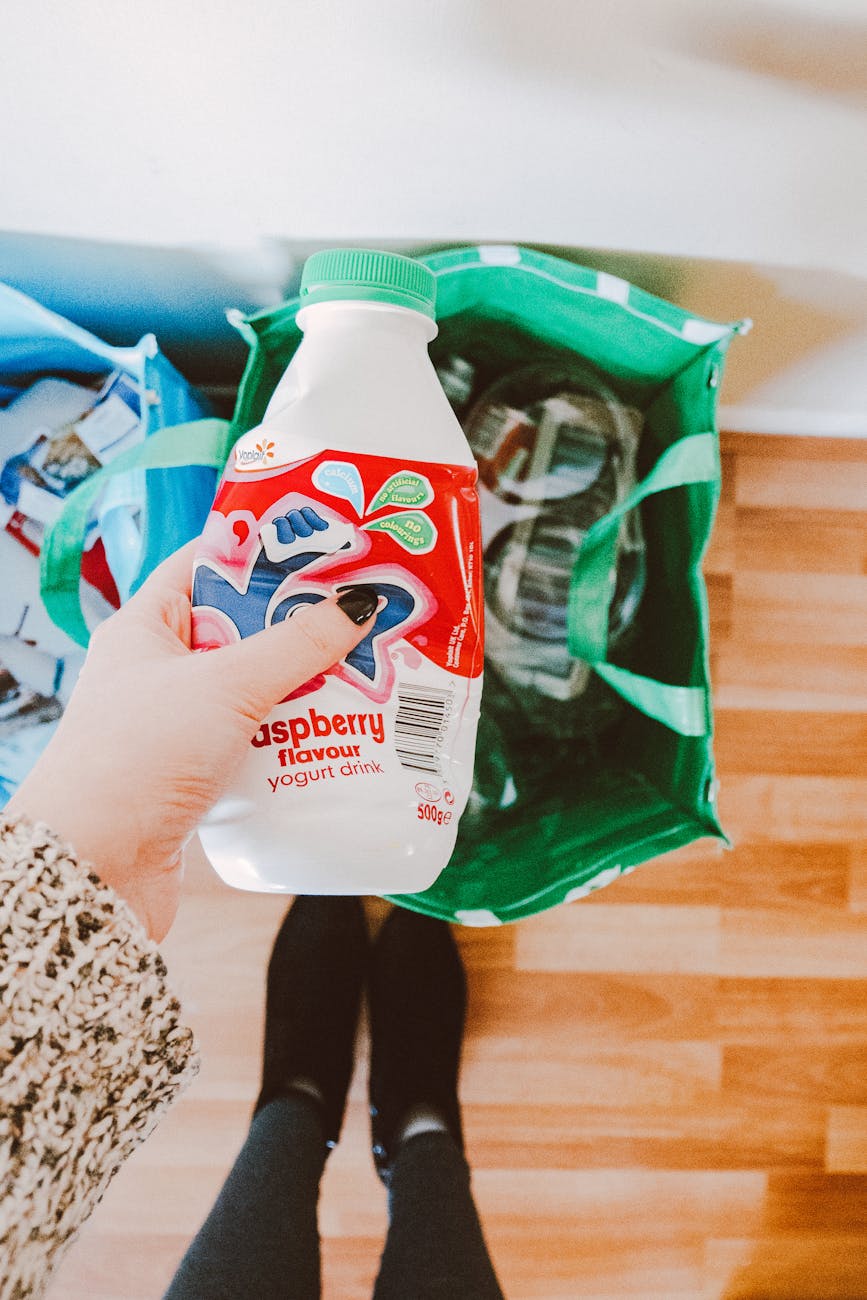Plastic – ubiquitous, versatile, and often perplexing. As consumers, we encounter plastic products daily, from water bottles to food containers, but the question remains: Should we toss them in the trash or recycle them? The confusion surrounding plastic recycling is a global issue, and it’s time that we understand this complex problem.
Inconsistent Labeling: A Puzzle for Consumers
When you pick up a plastic item, you’re likely to find a recycling label – a small triangle of arrows with a number inside. However, these labels are far from consistent. A recent assessment found that only 19% of labels provide consumers with quality information. Brands create their own labels without third-party certification, leading to a lack of standardization. As a result, consumers encounter various symbols and terms, making it difficult to understand how to dispose of plastic items properly.
Compostability and Biodegradability: A Green Mirage
Labels related to compostability and biodegradability add to the confusion. Consumers prefer packaging that is environmentally friendly, but access to industrial composting facilities is limited. Here’s why this creates a conundrum:
- Compostable Plastics: These plastics are designed to break down into natural substances in a composting environment. However, most consumers don’t have access to industrial composting facilities. If you toss a compostable plastic cup into your backyard compost bin, it won’t magically disappear. Instead, it might linger for years, defeating the purpose of its compostable label.
- Biodegradable Plastics: These plastics break down over time due to natural processes. However, the term “biodegradable” lacks specificity. Does it mean weeks, months, or years? Without clear guidelines, consumers are left guessing. Additionally, some biodegradable plastics require specific conditions (like sunlight or high temperatures) to break down effectively.

Contamination and Misplaced Items: The Recycling Mix-Up
Imagine a recycling bin filled with plastic bottles, yogurt containers, and food-stained wrappers. Unfortunately, this scenario is all too common. People mix different types of plastic in the same recycling bin, leading to contamination. Here’s how it happens:
- Food Residue: When you toss a plastic container with food residue into the recycling bin, it can contaminate other recyclables. Greasy pizza boxes, ketchup-stained plastic bags – they all contribute to the mess.
- Different Types of Plastic: Not all plastics are created equal. Some are recyclable, while others are not. When consumers throw everything into one bin, it confuses the recycling process. For instance, PET (polyethylene terephthalate) bottles are recyclable, but PVC (polyvinyl chloride) containers are not. Mixing them up hampers efficient recycling.
Lack of Clarity on What Goes Where: The Local Puzzle
Recycling rules vary by municipality. In one city, you might be able to recycle plastic bags; in another, they’re a no-go. The lack of clear guidelines leaves consumers scratching their heads. Here’s what we need:
- Standardization: We need globally consistent definitions related to content, reusability, and recyclability. If a plastic item is labeled as recyclable, it should be universally understood.
- Accessible Information: Municipalities should provide clear instructions on what plastics go where. Whether it’s a website, an app, or educational campaigns, accessible information is crucial.
A Global Approach: Beyond Consumer Confusion
Globally, only about 9% of plastic waste is recycled, and approximately 12% is incinerated. The majority ends up in landfills or leaks into the environment. We need a multi-faceted approach:
- Reduce and Reuse:
- The first step is to minimize plastic consumption. Encourage reusable alternatives – from cloth bags to stainless steel straws.
- Brands can adopt refill stations for cleaning products, reducing single-use plastic packaging.
- Bioplastics and Bio-Based Materials:
- Bioplastics, made from renewable resources like corn or sugarcane, offer a greener alternative. However, their environmental impact depends on factors like land use and water consumption.
- Research into more sustainable bio-based materials (e.g., mycelium-based packaging) is ongoing.
- Extended Producer Responsibility (EPR):
- EPR shifts responsibility from consumers to manufacturers. Companies must manage their products’ entire lifecycle, including recycling and disposal.
- Legislation can enforce EPR, incentivizing companies to design recyclable products.
- Innovative Recycling Technologies:
- Chemical recycling breaks down plastics into their original monomers, allowing for higher-quality recycling.
- Pyrolysis and depolymerization are promising methods to tackle hard-to-recycle plastics.
- Circular Economy Models:
- Instead of the linear “take-make-dispose” model, a circular economy promotes reuse, repair, and recycling.
- Collaborate with businesses, governments, and consumers to create closed-loop systems.
- Consumer Education and Behavior Change:
- Educate consumers about proper recycling practices, contamination risks, and the impact of their choices.
- Behavior change campaigns can encourage responsible plastic use.
- Incentivize Innovation:
- Governments and private investors can fund research and development for sustainable materials and recycling technologies.
- Prizes and grants can motivate inventors to find breakthrough solutions.
- Plastic Bans and Taxes:
- Some countries have banned single-use plastics (e.g., plastic bags, straws).
- Taxing plastic production can fund recycling infrastructure and discourage excessive plastic use.
- Collaboration Across Sectors:
- Governments, businesses, NGOs, and individuals must work together.
- Collective efforts can drive systemic change and create a plastic-smart world.
- Global Consistency:
- Standardize definitions and ensure they reflect real-world conditions.
- Limit the use of the ‘chasing arrows’ symbol to indicate recyclability.
In conclusion, the complexities of recycling underscore the need for a multifaceted approach to address the mounting plastic waste crisis. From clearer labeling and standardized recycling practices to systemic changes in waste management and consumption patterns, there is no shortage of opportunities for progress.

